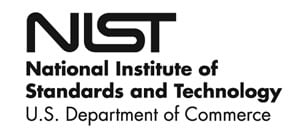RSS feed source: Global Disaster Alert and Coordination Systems (GDACS).
U.S. National Science Foundation
Directorate for Geosciences
Division of Earth Sciences
Full Proposal Deadline(s) (due by 5 p.m. submitting organization’s local time):
Proposals Accepted Anytime
Important Information And Revision Notes
This is a new solicitation arising from a realignment of the Division of Earth Science’s disciplinary funding programs. Additional information can be found in a Dear Colleague Letter (DCL) and Frequently Asked Questions (FAQ) available on the website for the Life and Environments Through Time Program (LET).
Any proposal submitted in response to this solicitation should be submitted in accordance with the NSF Proposal & Award Policies & Procedures Guide (PAPPG) that is in effect at the time the proposal is submitted. The NSF PAPPG is regularly revised and it is the responsibility of the proposer to ensure that the proposal meets the requirements specified in this solicitation and the applicable version of
Click this link to continue reading the article on the source website.


